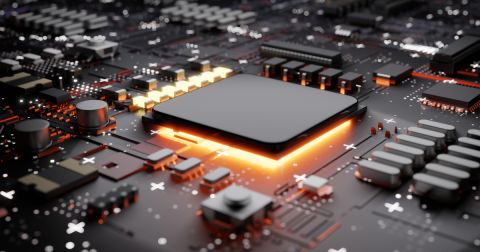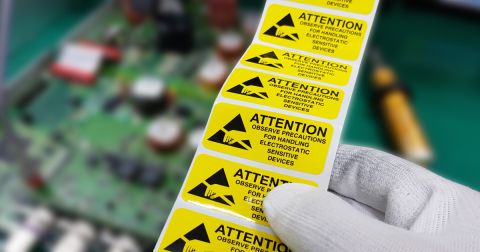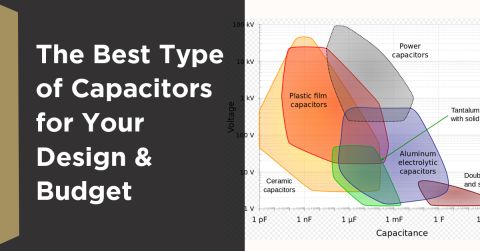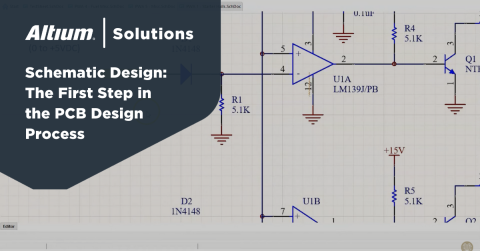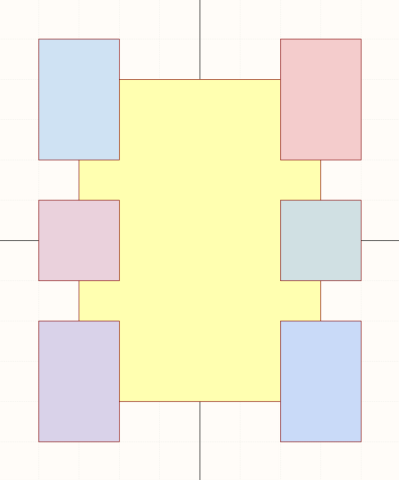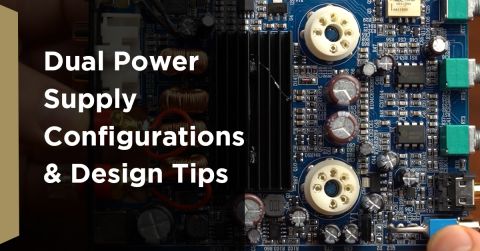How to Reduce Noise From Magnetostriction in Magnetic Components

Magnetic components can exhibit an irritating property when driven with an AC signal. An effect in magnetic materials, known as magnetostriction, leads to vibrations in magnetic materials that can be heard as audible sound. This can be a minor, barely audible hum, or a loud clicking sound such as you might hear in some switching regulators.
Although you might like to try and eliminate magnetostriction and its noise entirely, you’ll find yourself out of luck as magnetostriction is an inherent property of magnetic materials. Still, there are things you can do in your product to reduce noise from magnetic components.
Magnetostriction Causes Noise in Magnetics
The cause of noise from magnetic materials and components is a phenomenon known as magnetostriction. When the magnetic material in a component is magnetized by an incoming AC signal, the induced magnetization in the material causes the material to expand. During each cycle of the input AC signal, the material expands and contracts repeatedly, which leads to vibration in the air around the component. This vibration can be heard as an audible noise.
If the component is driven with a switching (PWM) signal, then the alternating magnetization in the core and the resulting vibration will excite a group of resonances in the component’s magnetic core material. This can create audible buzzing or clicking noises.
The resulting noise can depend on several factors:
- Frequency of the driving signal
- Duty cycle of the driving signal
- Whether the core has entered saturation or flux walking
- Amplitude of the driving signal
- Core material type
- Core size and dimensions
Unfortunately, there are not any good models (that I know of) for predicting the noise characteristics due to magnetostriction. In some cases, noise can be heard without hearing aids, but a minor change in one parameter causes it to disappear.
How to Reduce Magnetostriction Noise
Noise from magnetostriction could be benign or barely noticeable, in which case it may not be detrimental to the user experience of your product. Sometimes, magnetostriction can be extreme and it could violate the audible sound limit specification for your product. In either case, you can never eliminate magnetostriction noise, but you might be able to reduce it to where it is inaudible.
Some ideas to reduce magnetostriction include:
- Changing magnetics (inductor) packaging
- Changing the frequency or amplitude of the driving signal
- Use magnetics with an alternative material
- Use a different component with different packaging
- Encapsulate the enclosure for the product
- Add padding or insulation to the enclosure (avoid the oven effect!)
Some of the components that most commonly exhibit noise due to magnetostriction are unshielded toroidal inductors intended for high-current switching converters, such as the inductor below. These large inductors are often used in high-current switching regulators and they can exhibit noise at frequencies in the audible range; larger inductors will have noise at lower frequencies.
The other type of component where magnetostriction is commonly observed is in transformers. This is inclusive of planar transformers, hand-wound transformers, etc. which has compact profiles and therefore one would expect their noise profile to be present at lower frequencies.
Planar transformers, like Würth Elektronik PN: 74941302, can exhibit noise due to magnetostriction.
The easiest way to reduce magnetostriction in switching power regulators is to change the driving frequency of the switching signal being used in the design. You can try to move the frequency up or down assuming you have a frequency-programmable oscillator or gate driver. The other option is to use a totally different component with different geometry or packaging as this will change the magnetic flux around the core material, which will also change the vibrational profile of the component.
It’s up to you to develop an audible sound limit for a product once you determine the presence of noise from magnetostriction. The same can be said for products that use small fans, as these also create noise from the electronics and from airflow. These are typically a limit on the sound level (in dB) at a specific mid-range frequency (e.g., 5 kHz).
Whether you need to build power electronics or advanced digital systems for commercial products, use the complete set of PCB design features and world-class CAD tools in Altium Designer®. To implement collaboration in today’s cross-disciplinary environment, innovative companies are using the Altium 365™ platform to easily share design data and put projects into manufacturing.
We have only scratched the surface of what’s possible with Altium Designer on Altium 365. Start your free trial of Altium Designer + Altium 365 today.


